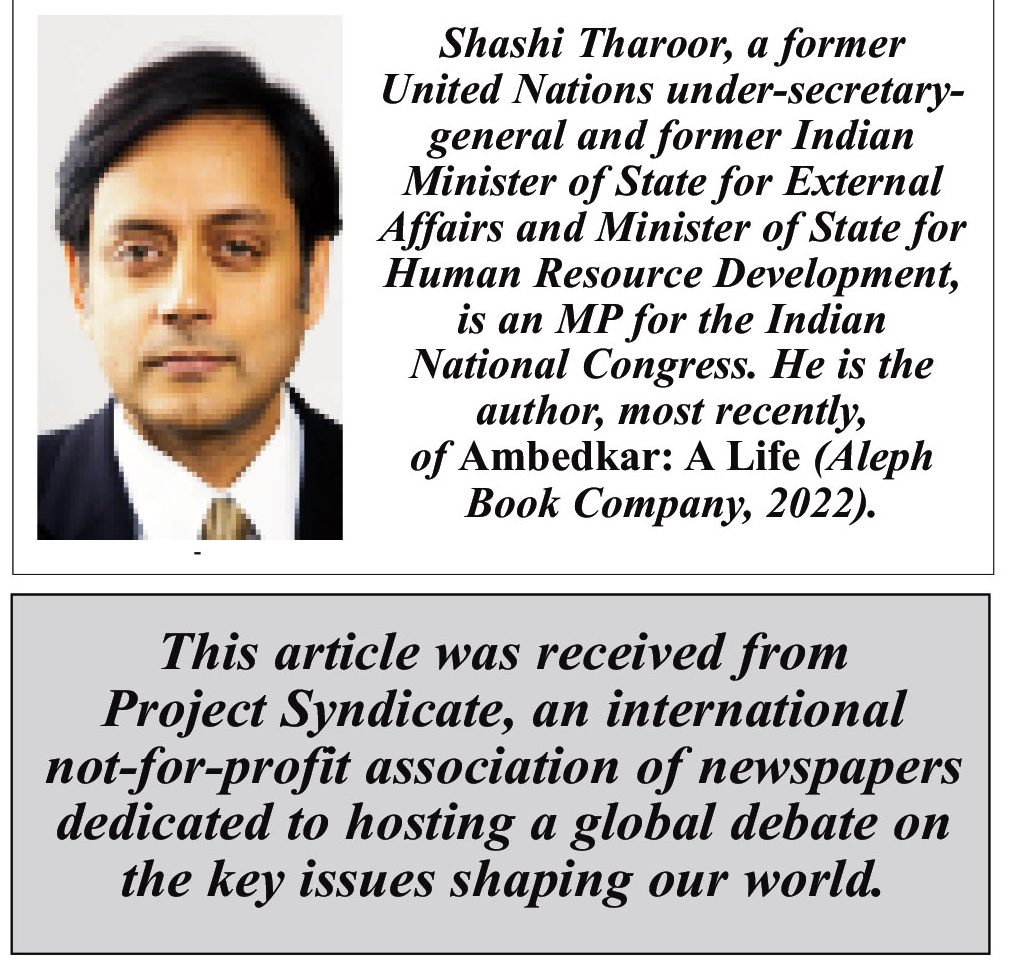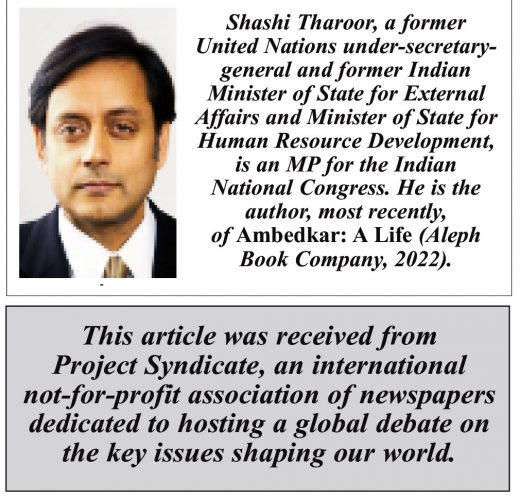NEW DELHI – With around 968 million people registered to vote, India’s upcoming general election (to be held over several weeks in April and May) will be the largest democratic exercise in human history. Yet hovering over the occasion are questions about the future of Indian democracy itself.
After a decade of Prime Minister Narendra Modi and his Bharatiya Janata Party (BJP) holding power, the country’s democratic culture and institutions have been substantially eroded. BJP rule has featured frequent threats to dissent and a cultural shift away from pluralism. Civil liberties and press freedoms have visibly come under strain, with the party repressing and intimidating political opponents, student protestors, media organizations, individual journalists, and human-rights organizations.
Among other things, the authorities have targeted and arrested journalists and activists on charges of sedition, simply because they covered farmers’ protests or exposed abuses of power. They have pressured social-media platforms and mainstream newspapers to remove critical content. They have shut down social-media accounts and internet access in areas where protesters are mobilizing. And they have arrested opposition leaders and misused anti-terrorism laws to deny critics’ bail.
Meanwhile, minority rights have been weakened, leading to heightened social and sectarian tensions. By abandoning the commitment to secularism established by Jawaharlal Nehru, India’s first prime minister, and rejecting India’s pluralist legacy in favor of the doctrine of “Hindutva” (which seeks to redefine India as a Hindu nation), Modi has allowed discrimination against minorities to intensify.
For example, for the first time in India’s history, the 2019 Citizenship Amendment Act introduced religion as a criterion for refugees from neighboring countries to receive citizenship, explicitly excluding Muslims. This is part of a broader pattern. India’s 200 million Muslims (representing 14% of the population) have consistently been singled out in the ruling party’s targeting of minorities.
Many democratic institutions have also faced significant challenges. The government’s efforts to co-opt the Central Bureau of Investigation, which investigates corruption, have been so successful that the Supreme Court has called the agency a “caged parrot speaking in its master’s voice.” The BJP regularly dangles the threat of a corruption investigation to coerce vulnerable opposition figures to defect to its side. It is no accident that tax audits and investigations by the (appropriately named) Enforcement Directorate have almost exclusively targeted opposition leaders and political critics.
Nor has the widely respected Reserve Bank of India been spared. Owing to disputes with the government, two RBI governors have departed prematurely, raising concerns about the central bank’s independence. The erosion of federalism is also worrying. Over time, the BJP has increasingly centralized power and undermined regional ruling parties by commandeering an ever-larger share of the country’s tax revenues and installing partisan governors in opposition-ruled states.
Even the Election Commission of India has drawn criticism, with some scholars arguing that it is now an agent of the government. That, of course, raises concerns about the integrity of the electoral process and the ECI’s adherence to the democratic principles of fairness and equity.
Given all these developments, India no longer stands out as a model democracy. Where once it was admired for its commitment to pluralism, it has since slid down the global democracy rankings. In 2020, it fell from 27th to 53rd in The Economist Intelligence Unit’s Democracy Index, and organizations such as Freedom House and the Varieties of Democracy Institute (V-Dem) have questioned whether it can still be called a democracy at all. V-Dem, for example, describes India as an “electoral autocracy.”
By constantly disparaging any disagreement with the government as “anti-national,” and any criticism of Hindutva as “anti-Hindu,” the BJP has managed to delegitimize opposition to its rule. With a large share of the public coming to believe that dissent runs counter to India’s national interest, popular support for repressive measures has grown.
Hence, in the Pew Research Center’s 2023 Global Attitudes Survey, a stunning 85% of Indian respondents said that authoritarian rule would be good for the country – the highest such response among the 24 countries surveyed. Equally, the share of Indians who believe that it is essential for opposition parties to be able to operate freely was the third-smallest. Modi and the BJP regularly exploit the public’s exasperation with democracy to create the image of a decisive and powerful leader who has the nation’s best interests at heart. The implication is that he should be able to operate freely, without any interference from a hostile parliament or judiciary.
This democratic backsliding is the curtain-raiser to India’s 2024 general election. In their book To Kill a Democracy, Debasish Roy Chowdhury and John Keane describe the BJP’s challenges to the judiciary and increasing constraints on press freedom as signs of “Democide.” They offer a comprehensive, and very worrying, account of how the country’s democratic governance has steadily been eroded. With its relentless efforts to criminalize dissent, undermine free speech, and curb any political opposition, the BJP government represents a grave threat to India’s long-term prospects.
And yet India’s democratic spirit remains resilient. Its citizens are highly engaged in political debates and determined to advocate for their rights. This general election offers a major opportunity for nearly a billion Indians to return their country to the path that it proudly followed for nearly three-quarters of a century.
Copyright: Project Syndicate, 2024.






